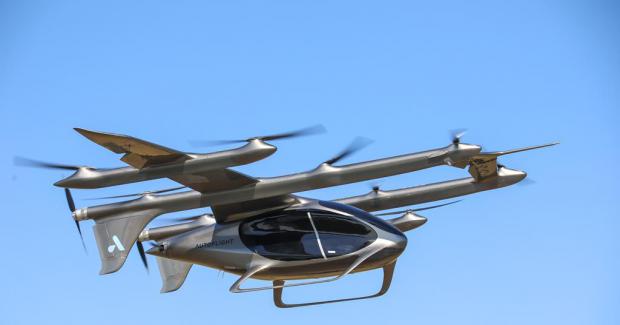
Breaking News
 Christmas Truce of 1914, World War I - For Sharing, For Peace
Christmas Truce of 1914, World War I - For Sharing, For Peace
 The Roots of Collectivist Thinking
The Roots of Collectivist Thinking
 What Would Happen if a Major Bank Collapsed Tomorrow?
What Would Happen if a Major Bank Collapsed Tomorrow?
Top Tech News
 Travel gadget promises to dry and iron your clothes – totally hands-free
Travel gadget promises to dry and iron your clothes – totally hands-free
 Perfect Aircrete, Kitchen Ingredients.
Perfect Aircrete, Kitchen Ingredients.
 Futuristic pixel-raising display lets you feel what's onscreen
Futuristic pixel-raising display lets you feel what's onscreen
 Cutting-Edge Facility Generates Pure Water and Hydrogen Fuel from Seawater for Mere Pennies
Cutting-Edge Facility Generates Pure Water and Hydrogen Fuel from Seawater for Mere Pennies
 This tiny dev board is packed with features for ambitious makers
This tiny dev board is packed with features for ambitious makers
 Scientists Discover Gel to Regrow Tooth Enamel
Scientists Discover Gel to Regrow Tooth Enamel
 Vitamin C and Dandelion Root Killing Cancer Cells -- as Former CDC Director Calls for COVID-19...
Vitamin C and Dandelion Root Killing Cancer Cells -- as Former CDC Director Calls for COVID-19...
 Galactic Brain: US firm plans space-based data centers, power grid to challenge China
Galactic Brain: US firm plans space-based data centers, power grid to challenge China
 A microbial cleanup for glyphosate just earned a patent. Here's why that matters
A microbial cleanup for glyphosate just earned a patent. Here's why that matters
 Japan Breaks Internet Speed Record with 5 Million Times Faster Data Transfer
Japan Breaks Internet Speed Record with 5 Million Times Faster Data Transfer
Autoflight breaks Joby's world record for the longest eVTOL flight

Prosperity flew 250.64 km (155.74 miles) on a single charge, relegating Joby Aviation to second place.
It's our first look at the new aircraft, styled by auto-design guru Frank Stephenson – and it appears to run a notably different airframe than the prototypes the company has previously shown in cruise transition testing.
Where the old prototypes used eight lift propellers along a pair of propulsion rails, as well as two pusher props at the back end of those rails, the new aircraft uses significantly thicker wings, and four propulsion rails, housing eight lift propellers. And the rail-mounted pusher props are now joined by another pusher on the back of the cabin, for a total of three. The cabin looks markedly larger, as well, potentially a five-seater, although we wouldn't expect to see anyone flying in there at this stage.
As a lift-and-cruise design, the German-designed, Chinese-built Prosperity aircraft sacrifices some efficiency in the name of simplicity. In cruise flight, its lift props remain exposed, locked into a low-drag longitudinal orientation but theoretically still robbing the aircraft of range as compared to more complex tilt-prop designs like the Joby S4, which continuously uses all its props for forward thrust in cruise flight.
Hence it's a bit of a surprise to hear this machine was able to pip Joby's 2021 eVTOL flight endurance record, albeit only by a single mile and change, verified by third-party avionics as well as the aircraft's own gear. It's an excellent validation of Autoflight's 150-plus-mile (241+ km) range claims, albeit flown without the dead weight of passengers in its belly. It wouldn't surprise us if Joby went out tomorrow and laid down a bigger target just to keep these eVTOL whippersnappers in line – Joby Aviation was founded all the way back in 2009, where Autoflight concerned itself mainly with drones until 2020.

 The State's Last Stand
The State's Last Stand


